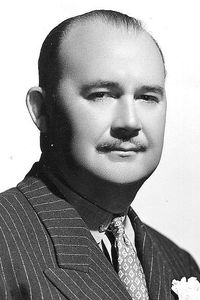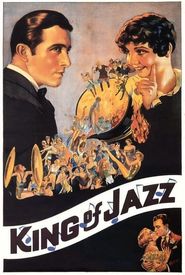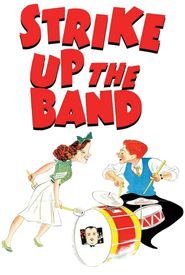Paul Whiteman, a renowned musician, commenced his illustrious career as a viola player for the esteemed San Francisco Symphony. However, his remarkable musical talents soon took a different turn as he enlisted in the Navy during World War I, where his exceptional abilities led to him being put in charge of his own band.
Following the war, Whiteman relocated to New York in 1920, marking a pivotal moment in his career as he recorded his first hit, the iconic Whispering/The Japanese Sandman. This remarkable achievement resulted in Whiteman becoming an overnight sensation, with the record selling over two million copies.
In 1924, Whiteman had the foresight to introduce the George Gershwin classic Rhapsody in Blue, which would go on to become the band's signature song. Whiteman's band was comprised of some of the most talented jazz musicians of the era, including Red Nichols, Frankie Trumbauer, Tommy Dorsey, and Bix Beiderbecke.
Notably, Bing Crosby got his start with Whiteman in 1929, as part of a trio called the Rhythm Boys. Whiteman's band continued to thrive throughout the 1930s, but as the decade drew to a close, their popularity began to wane.
In the early 1940s, Whiteman took on a new role as musical director for the American Broadcasting Co., a position he would hold for several decades. Although he would occasionally reunite his band, it wasn't until the early 1960s that they secured engagements in Las Vegas, ultimately leading to Whiteman's retirement.



























